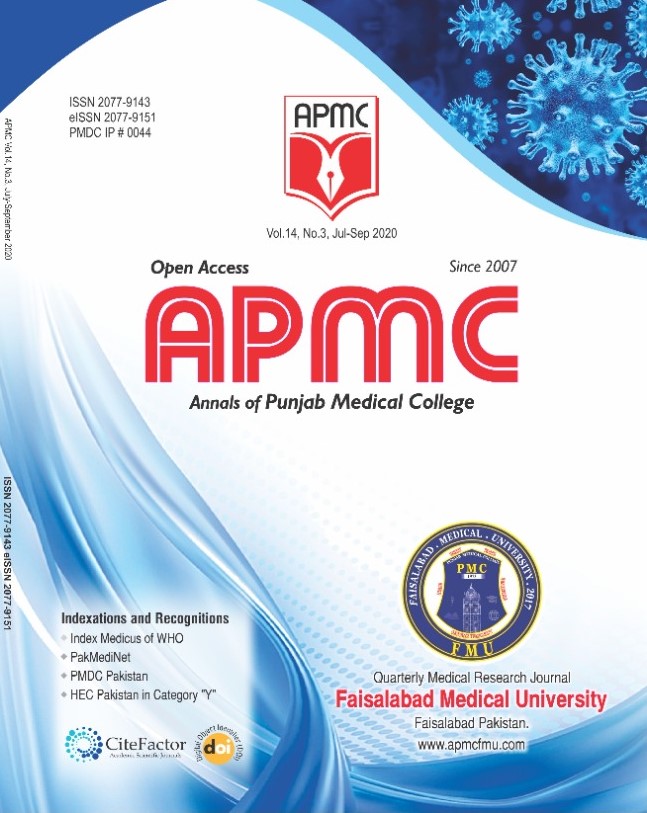Comparison of Efficacy of Prophylactic versus Therapeutic Phototherapy in Preterm Neonates
Abstract
Background: Jaundice neonatorum may predisposes preterm to develop bilirubin induced neurologic dysfunction even at lower total serum bilirubin level than term infant. Prophylactic phototherapy helps to maintain a lower serum bilirubin level may reduce the need for exchange transfusion in order to prevent kernicterus. Objective: To compare the efficacy of prophylactic versus therapeutic phototherapy among preterm neonates in reducing the frequency of exchange transfusion. Study Design: Randomized Controlled Trial. Settings: Neonatal Unit of Pediatrics department, Sir Ganga Ram Hospital Lahore-Pakistan. Duration: September 2018 to June 2019. Methodology: Two hundred preterm admitted in neonatal unit were enrolled and divided into 2 groups (A and B) using random numbers. Prophylactic phototherapy was initiated in Group A neonates within first 6 hours of life while it was applied when the serum bilirubin has reached to a pre-specified level in Group B. Daily total serum bilirubin level (also direct and indirect) was measured. Efficacy was measured in terms of preventing exchange transfusion. Data was entered and analyzed with SPSS version 21. Chi square was applied to compare efficacy between two groups with p ˂ 0.05 as significant. Results: Mean gestational age was 35.4 0.9 weeks in group A and 35.6 0.7 weeks in group B. There were 54% males and 46% females in group A while 51% males and 49% females in group B. The peak mean serum bilirubin level was observed on 3rd and 4th days in groups A and B respectively. Jaundiced neonates who received exchange transfusion in group A and B were 3% and 8% respectively (p=0.1209). Prophylactic phototherapy found efficacious in 97% preterm although, they received it for longer duration (147 34.25 vs 98 27.10 hours) (p 0.00001). Conclusion: Neonates received prophylactic phototherapy required less exchange transfusions compared to therapeutic group.

 This work is licensed under a
This work is licensed under a 